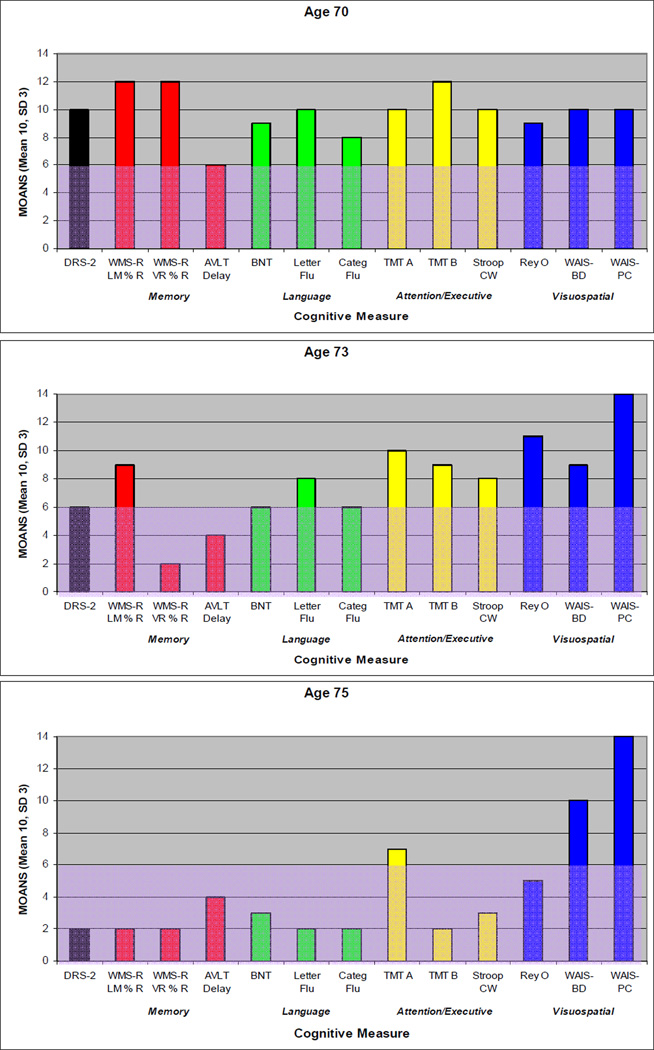Figure 1. Neuropsychological Profile of Impairment.
The subject’s performance on serial neuropsychological tests are grouped according to cognitive domain and displayed graphically. Mayo Older American Normative Studies (MOANS) age-adjusted scaled scores are shown in which 10 represents the mean and the standard deviation is 3. Shaded areas represent scores in the abnormal range. Note the isolated weakness in word list memory task early in the course. Performance on all memory tests declined over time, followed by decline in language and executive functioning. Although percent retention of paragraph length information (WMS-R LM % R) at age 73 years appears to be preserved this is somewhat misleading as his immediate retention was significantly impaired. See text for details.
Abbreviations: DRS-2 = Dementia Rating Scale-2; WMS-R LM % R = Wechsler Memory Scale-Revised Logical Memory Percent Retention; WMS-R VR % R = Wechsler Memory Scale-Revised Visual Reproductions Percent Retention; AVLT LT % R = Auditory Verbal Learning Test Long Term Percent Retention; BNT = Boston Naming Test; Letter Flu = Letter Fluency; Categ Flu = Category Fluency; TMT A = Trail Making Test Part A; TMT B = Trail Making Test Part B; Stroop CW = Stroop Color-Word; ReyO = Rey-Osterrieth Complex Figure Test; WAIS-BD = Wechsler Adult Intelligence Scale Block Design; WAIS-PC = Wechsler Adult Intelligence Scale Picture Completion.

